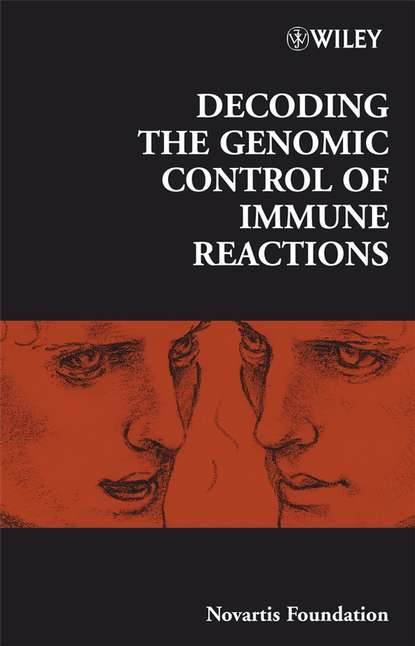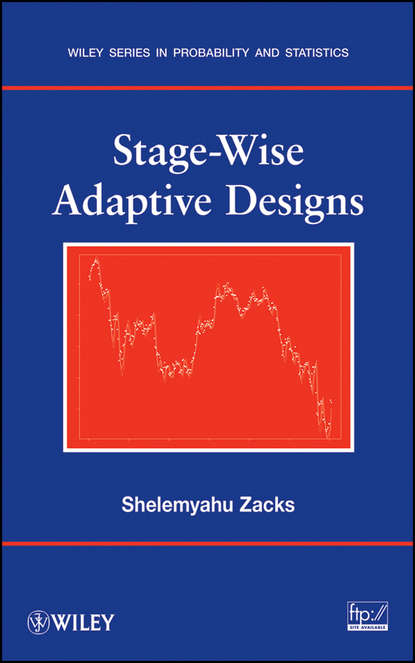Книга "Decoding the Genomic Control of Immune Reactions" исследует существующие и потенциальные стратегии использования геномных последовательностей человека, мыши, других позвоночных и патогенов человека для решения ключевых проблем в лечении иммунологических заболеваний и хронических инфекций. Собранные геномные последовательности предоставляют важные возможности для решения этих проблем, но главным узким местом является идентификация ключевых последовательностей и цепочек, контролирующих соответствующие иммунные реакции. Это потребует инновационных, междисциплинарных и коллаборативных стратегий масштаба и сложности, которые мы только начинаем понимать. В книге рассматриваются следующие проблемы: какой информации нам не хватает для понимания того, как геномная последовательность определяет дифференциацию и ответ клеток иммунной системы, а также поведение системы, такое как иммунологическая память и толерантность; какие геномные последовательности и клеточные цепочки вызывают или предотвращают патологические иммунные реакции на иностранные патогены, аллергены или собственные ткани; какие геномные последовательности и клеточные цепочки хозяина и патогена объясняют неудачу стерилизующих иммунных реакций на сложные патогены человека, такие как возбудители туберкулеза, малярии, метазоарных паразитов и хронических вирусов. Книга содержит статьи ведущих экспертов в области и представляет важную новую перспективу как для клинических иммунологов, так и для базовых исследователей.
Decoding the Genomic Control Of Immune Reactions is a powerful resource designed to inform researchers and scientists on how genome sequencing can aid in developing strategies to target pathogenic cells and promote successful wellness. Elements from disciplines such as immunology and infectious disease come together to support a deeper understanding of some of life's most fascinating phenomena. Covers Contributions from a Range of Leading Experts in the Field: Containing both key scientific elements and expert outlines, leading researchers' perspectives fill this impressive resource. Promotes Collaborative Approaches: Problems novel to the field often call for mutual collaboration and integration of diverse ideas. Leading contributors ensure their subject matter innovatively illustrates how this sort of effort could advance science exceptionally. Supports Transformative Ideas in Genomics: While traditional sequencing apparatuses may increasingly deliver bigger and bigger strings of genetic information, those stringent data still strongly hinge upon educated usage in studying biological systems.
Электронная Книга «Decoding the Genomic Control of Immune Reactions» написана автором Gregory Bock R. в году.
Минимальный возраст читателя: 0
Язык: Английский
ISBN: 9780470062111
Описание книги от Gregory Bock R.
This book explores existing and potential strategies for using the genome sequences of human, mouse, other vertebrates and human pathogens to solve key problems in the treatment of immunological diseases and chronic infections. The assembled genome sequences now provide important opportunities for solving these problems, but a major bottleneck is the identification of key sequences and circuits controlling the relevant immune reactions. This will require innovative, interdisciplinary and collaborative strategies of a scale and complexity we are only now beginning to comprehend. Specific problems addressed include the following: What kinds of information are we lacking to understand how the genome sequence specifies the differentiation and response of immune system cells, and system behaviour such as immunological memory and tolerance? Which genome sequences and cellular circuits cause or prevent pathological immune responses to foreign pathogens, allergens or self-tissues? Which host and pathogen genome sequences and cellular circuits explain the failure of sterilizing immune responses to sophisticated human pathogens such as the agents of tuberculosis, malaria, metazoan parasites and chronic viruses? Containing contributions from a range of leading experts in the field, this book provides an important new perspective for clinical immunologists and basic researchers alike.



















